
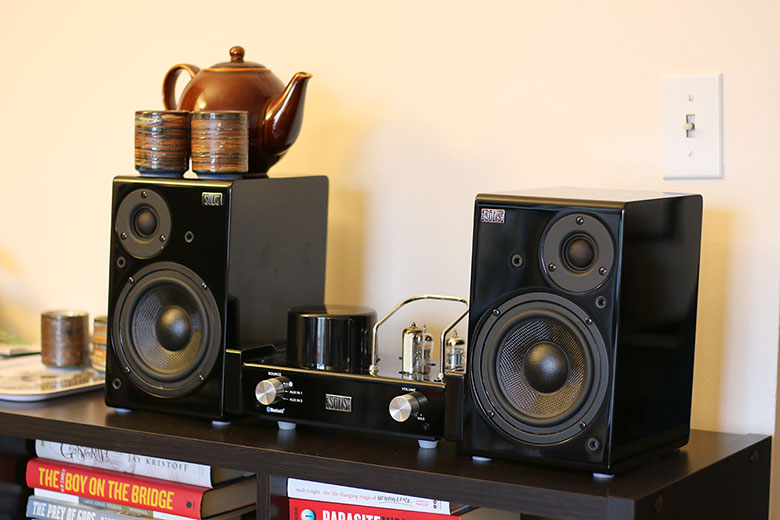
The Master Switch


The Master Switch
Did you know that you can still buy actual hi-fi systems? As in, two speakers and a dedicated CD/tape-deck/AM-FM tower - the kind of thing you used to see in dorm rooms in the 1990s. If you walk into any electronics store, there’s guaranteed to be a few knocking around, back behind the discount DVD players. We don’t review too many of them. So, imagine our surprise when he got shipped a complete hi-fi system. In this review, we break down the Solis SO-8000’s sound, design, packaging and accessories, specs and more. For alternatives, see our list of the best bookshelf speakers and stereo amps.
The sound of the Solis SO-8000 isn’t bad. For the price-tag of $480, the two-speakers-and-amplifier combo is perfectly acceptable. But when we see tubes, our brains are automatically primed to expect a certain type of sound: gooey, rich, deep, and, ever so slightly, charred and crispy on the low end.
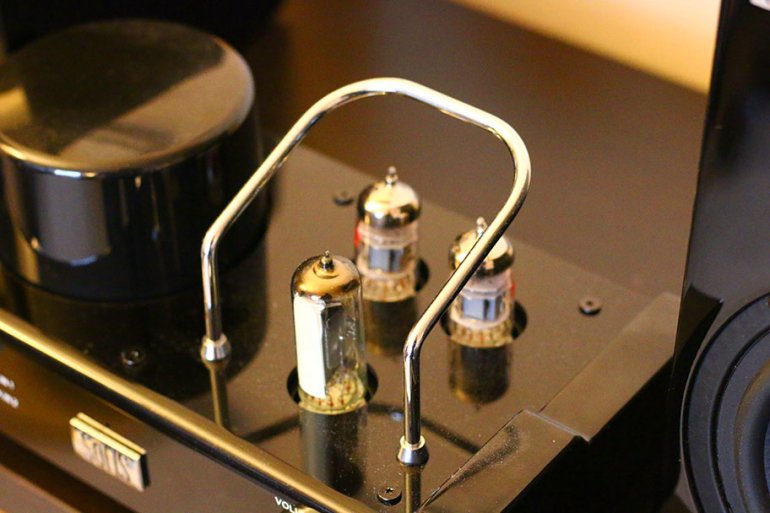
It’s true that, perhaps, that’s not always the case with tube amps – there are plenty, like the new Schiit Lyr 3 (full review here), that managed to be relatively neutral, as well costing the same amount. All the same, we weren’t prepared for the audio quality of the Solis SO-8000. It’s bright as hell - verging on harsh. Play a genre of music with a lot of high frequency content, like strings or crashing hi-hats, and you’ll be wincing. It’s the kind of thing that sets our teeth on edge, and while it wasn’t a problem for many of our test tracks, we still couldn’t get away from the fact that the sound quality felt a tad cheap and nasty. It felt like the internal components were struggling to deal with the dynamics and expression, pushing themselves to the absolute limit. As a result, the audio quality was never that impressive – and frequently tricky to listen to.
Maybe this is the fault of the speakers. They are – and we’re being charitable here – not great. The speakers each have a 5” woofer and a 1.25” soft dome tweeter, and there’s absolutely no way we would allow them near our best bookshelf speakers list. Not going to happen. They may be paired with the amplifier, but we couldn’t wait to get rid of them.
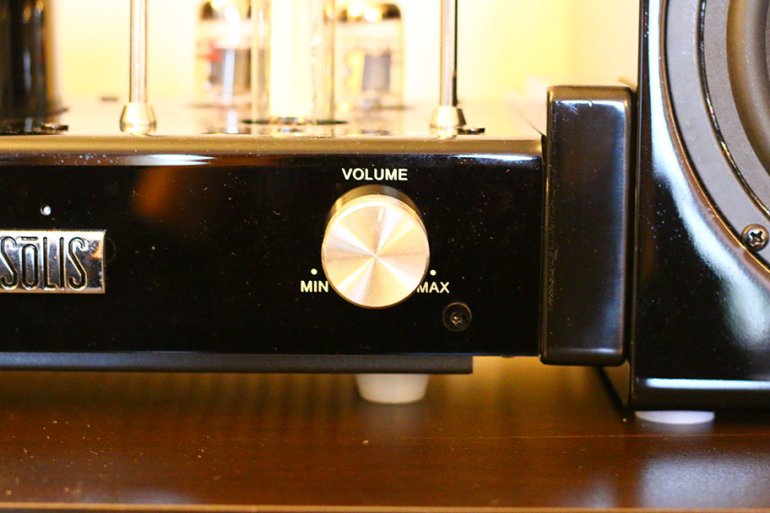
Things do improve somewhat when you add in your own speaker mix, allowing the character of the tubes to come to the fore. We swapped out the stock speakers for our regular tester model, the Audioengine HDP6 (full review here), and suddenly, things were a bit more pleasing. While there was definitely a bright element to the sound, we felt like the new speakers tamed it, allowing the three tubes to get a word in edgewise.
We definitely wouldn’t compare this to other tube amps we reviewed, like the effortlessly brilliant Linear Tube Audio MZ2-S (full review here - and be warned that it’s over double the price of the SO-8000) but, once you actually give it some room to breathe, it’s an improvement from the first impression. And it must be said that the soundstage of the system, as a whole, is very solid - especially for the price you pay - and the emphasis on the highs does make it easy to pick out detail. At moderate volumes, there’s a good level of clarity here. So, we do need to stress that, although we have misgivings, this isn’t a bad amplifier. Just a slightly annoying one.
If you’re into tube rolling, you can also swap out the tubes yourself (feel free to skip this section if you couldn’t give the tiniest mouse dropping about it). The two rear tubes are the 12AX7 type, and we had some fun swapping them for a couple of spare tubes we had. The sound didn’t change dramatically, but there were clearly possibilities to upgrade things. Also worth noting: there’s no headphone amp here – this is a speaker-only system.
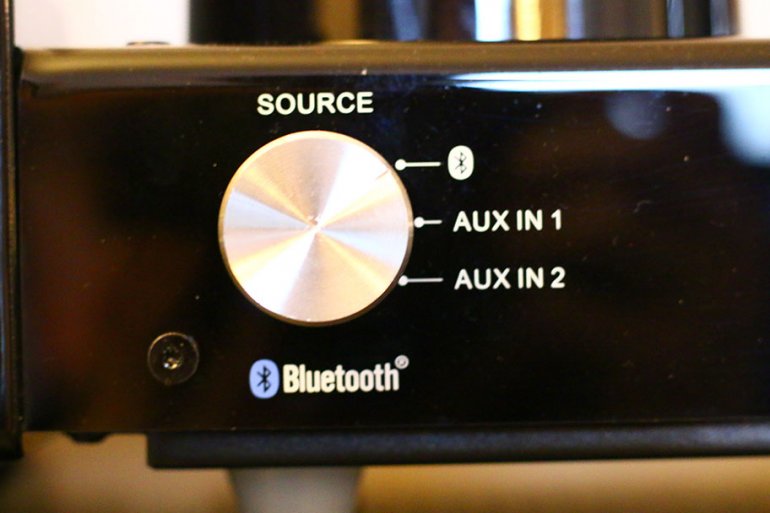
The SO-8000 may have its problems, but design is not one of them. It looks cool. Forget the speakers for a second; to be honest, they’re kind of boring. They are small and black and speaker-shaped, and you wouldn’t be able to pick them out of a lineup of bookshelf speakers, even with their teardrop-shaped grilles removed. You aren’t here for them, anyway. You’re here for this weird, wonderful thing in the middle - the one with the tubes and the flashing lights.
Solis aren’t the world’s most exciting audio manufacturers. Their main approach is to create wireless speakers, most of which have middling designs – the kind of thing that you could put in a bookshelf and forget about pretty quickly. When we reviewed their cheaper SO-7000 wireless speaker (full review here), we said that one of its biggest failings was that it wasn’t much more than an uninteresting black box. When it came to designing the SO-8000, the engineers at Solis must have emailed the marketing department and begged to design something with a little bit more style.
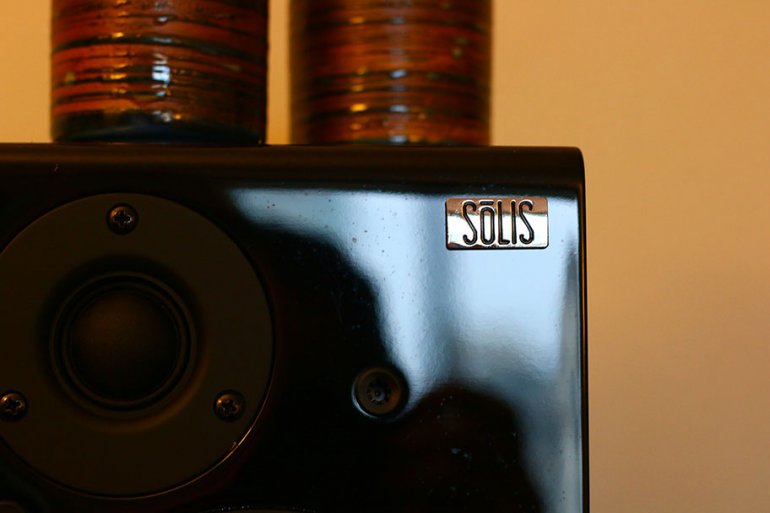
On the face of it, the central amplifier is just a simple tube amp, indistinguishable from many other stereo amps available right now. You get three tubes, lined up next to a cylindrical power hub, and positioned on top is - you guessed it - a big black box. It doesn’t do anything particularly innovative. And yet, there’s something about it that catches the eye. Perhaps it’s the arrangement of controls on the front: two big, shiny, silver knobs that allow you to switch inputs and control the volume. Perhaps it’s the arrangement of the three tubes: the two smaller ones in the rear, and a big single tube upfront, capped by a protective silver bar to stop you from accidentally shattering them with a wayward hand. Or perhaps, it’s one of the most fun, surprising, and bonkers things we’ve ever seen in a tube amp: the volume meter. Turn the amp on, and a luminous green bar fades in on the front of the bigger tube - a bar that acts as a loose volume display. It’s somehow both pointless and charming. Maybe it’s also because of how rare this particular product package is.
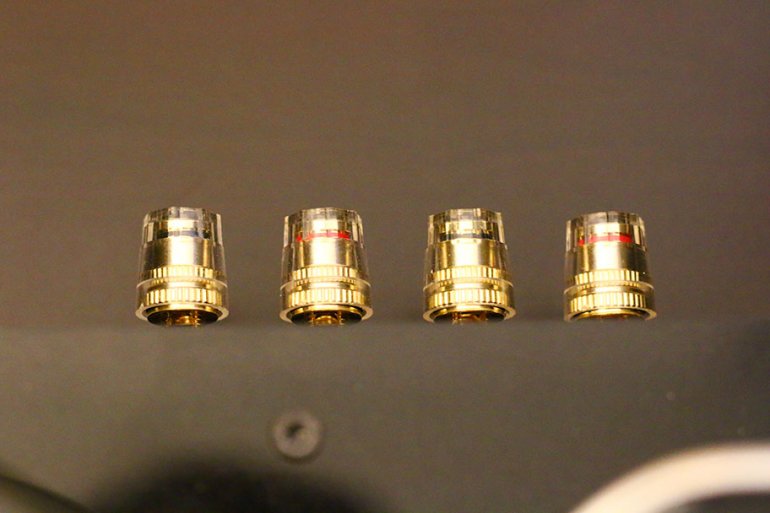
Both the amp and speakers are well-built – lightweight, but with a solidity that we really like. You can buy any speakers you want, and you can buy any tube amps you want, but it’s almost unheard of for a manufacturer to offer both in a single bundle. This might not have a tape deck or CD player, it might not be a jumbo tower from JBL or Aiwa, but it’s still a single purchase that will handle just about all your audio needs. It’s a throwback to a slightly simpler time, before streaming – hell, before MP3s. The little details – the old school knobs, the volume indicator – are the kind of things that bring a smile to the face of even the most jaded listener. It certainly brought one to ours. It’s not that you can’t get decent tube amps in this price range. Anybody familiar with products like the Nobsound 6P1 ($240 to the SO-8000’s $480) will certainly be in known territory here. It’s just that the SO-8000 lacks the intimidating nature of those amps, inviting you into experiment.
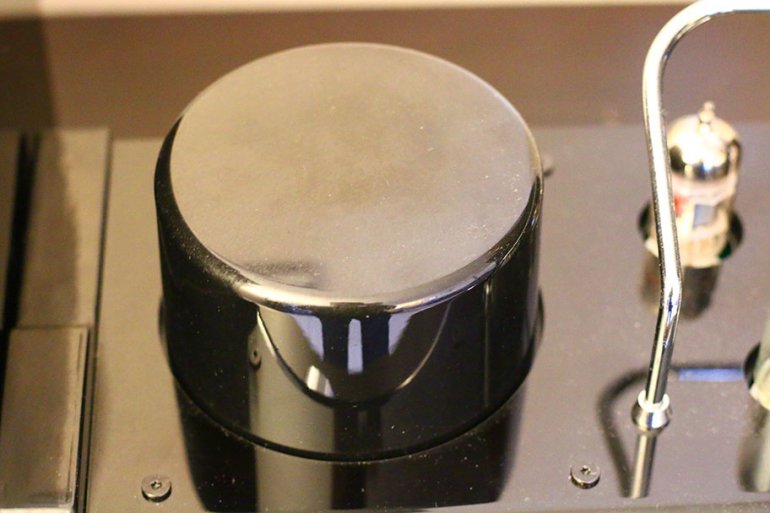
It definitely helps that has a decent range of features. For starters, it has aptX Bluetooth, meaning you don’t even need to hook it up to anything. That’s a rarity in tube amps, and we were significantly surprised to find it here – a very welcome surprise, we might add. We never experienced any dropouts, which is something Solis has had problems with in the past.
Round the back, you’ve got two AUX inputs that allow you to connect a separate player, and a pair of well-made speaker binding posts – everything you’d need to get connected. However, we did find it strange that there’s no USB input. This particular amp has an internal DAC (Digital-to-Analog Converter) included – it has Bluetooth, after all. So, would it have been too much of a stretch to connect it directly via USB, and take advantage of the built in DAC with a wired connection? There may be good engineering reasons behind it, but it’s still a frustrating omission.
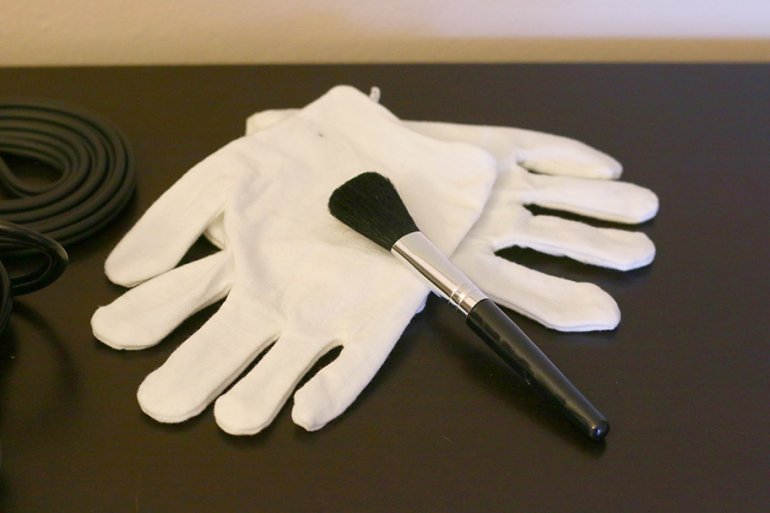
Two words: white gloves. If you weren’t completely sold on the whimsical, welcoming nature of this little box of nonsense, the white gloves should do the trick. The SO-8000 is the first – and, as far as we know, the only – amplifier to ship with this particular accessory. They’re meant for handling the tubes if you ever decide to swap them out. You also get a dinky little brush to dust them off and clean the connectors. Isn’t that special? Isn’t that just wonderfully, ridiculously cute? How can you dislike that? The problem is, if you’re at the stage where you’re considering tube rolling, then this probably isn’t the amplifier for you - white gloves or not. It may have an excellent collection of features, but it also lacks the warm tube character that draws many to these types of apps in the first place. If you’re looking to experiment, you might want to check out an amp from the aforementioned Nobsound, or Schiit - even something as simple as a Bravo Audio V2. At $66, it’s the cheapest way to get started with tubes that we know of.
However, it would be churlish not to admit that the range of accessories with the SO-8000 is excellent. Not only do you get the gloves and the brush, but you also get a set of very capable speaker connectors, with included banana plugs. This makes set-up a total breeze. You also get an RCA cable, meaning that you need virtually nothing else to get started – just a playback source. For under $500, you really do get quite a lot here.
Another impressive feature is the packaging itself. The packaging is very good: clearly labelled, easy to remove and unbox, made of sturdy cardboard. There are clever touches, too, like the shaped foam insert that slides directly over the already-inserted tubes. Big thumbs up from us.
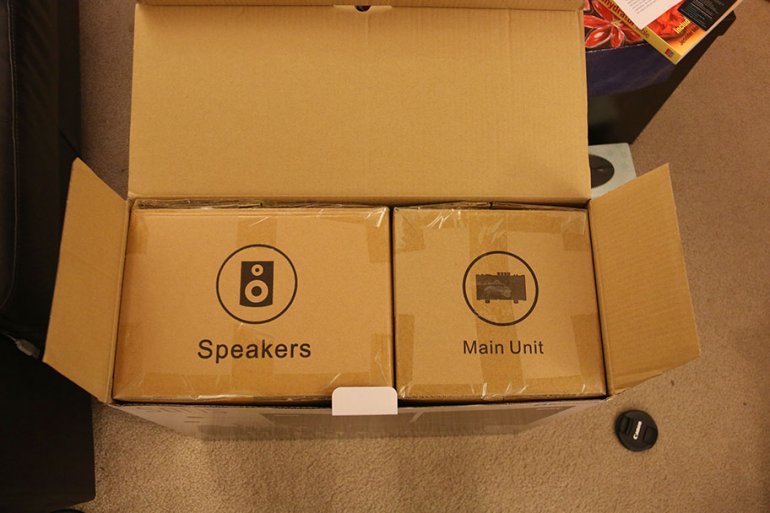
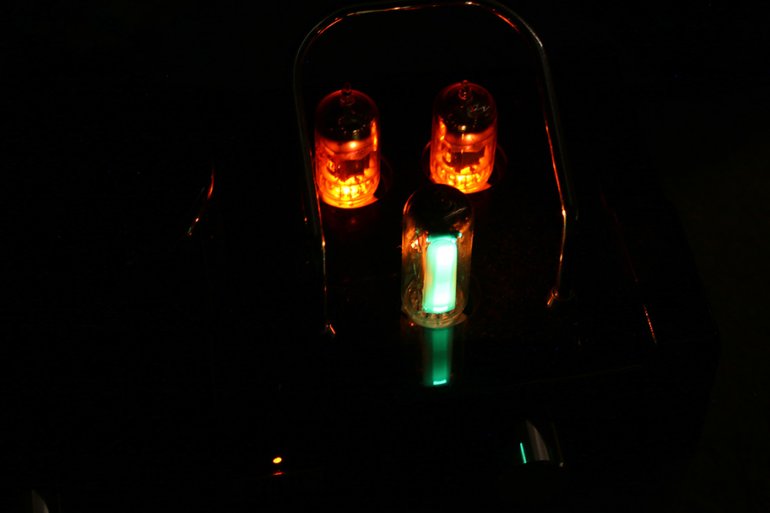
| Product | Price | Type | RMS* | Peak** | DAC? | BT*** |
|---|---|---|---|---|---|---|
| Solis SO-8000 | $480 | Hi-Fi System | 30W | Unknown | Yes | Yes |
| TEAC HR-S101 | $501 | Hi-Fi System | 40W | 52W | Yes | Yes |
| Nobsound NS13D | $249 | Amplifier | Unknown | Unknown | No | No |
| Dali Spektor 1 | $229 | Speakers | 40-110W | N/A | N/A | N/A |
| Solis SO-7500 | $350 | Hi-Fi System | 24W | Unknown | Yes | Yes |
*RMS = RMS/Continuous Power - Recommended Amp Power for Spektor 1
**Peak = Peak/Dynamic Power
***BT = Bluetooth
Want Even More Master Switch? Sign Up For Our Weekly Newsletter!
Normally, this is where we recommend similar products – but it’s so rare these days to find an amp-and-speaker system in a single package, that we find ourselves a bit of a loss. There’s only one we’d really recommend; the rest are either too old, too weird, too expensive, or just terrible. So, on top of that recommendation, let’s add in a good pair of speakers, and a good tube app. You can always mix-and-match.
TEAC makes excellent gear, and the Bluetooth equipped TEAC HR-S101 amp–speaker combo works very well. It’s just a few dollars more than the SO-8000, at $501, and looks a more utilitarian. But it more than makes up for these shortcomings with excellent sound quality and features. You not only get Bluetooth, but you also get a dedicated USB input - meaning you can run this in a wired connection, if you so choose. No tubes, but you can’t have everything.
The Nobsound NS13D is is the amplifier you get if you want to mess around with tube rolling, without breaking the bank (it costs $249). The four tube slots mean you can mix-and-match sizes and types to your heart’s content, and you’ll end up with some solid sound to boot. Admittedly, it’s not as pleasing to the eye as the SO-8000, but you do get some handy features, like different binding posts marked for varying speaker impedances. Not the easiest amplifier to find or care for, and definitely doesn’t have the same charm as the SO-8000, but it’s still a viable alternative.
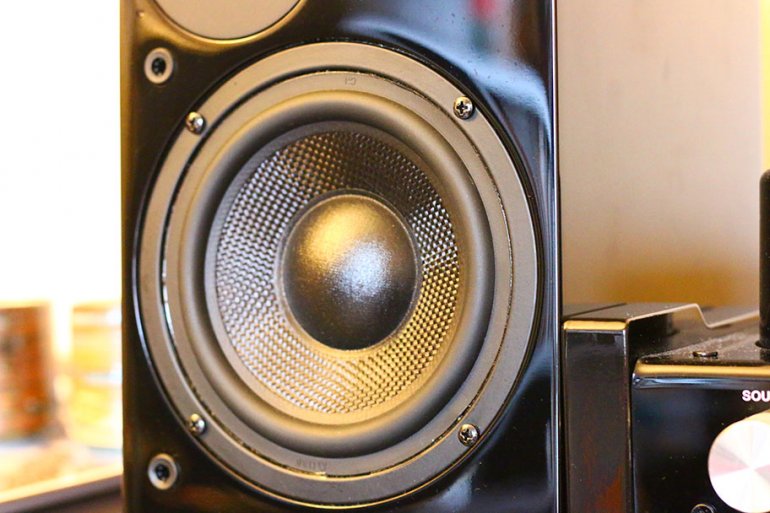
When testing the SO-8000, we used a pair of Audioengine HDP6 speakers - which are fine, but probably a little bit too expensive if you’re looking in this price range. If that’s the case, check out the Dali Spektor 1 bookshelf speakers. They’re slightly tricky to find, even at the best of times, but if you manage to track them down, you’ll be rewarded with some of the best sound in this price range. It’s exciting and dynamic, with real energy. And it beats the hell out of the stock SO-8000 speakers - that’s for sure.
If you want to experience a Solis, but don’t want to spend $480, then we’d suggest checking out their smaller model, the SO-7500. At $350, it’s around $130 cheaper than its big brother. Full disclosure: we haven’t tested this model yet. It’s hard to make too much of a judgement. But reviews we’ve seen indicate many of the same problems as its big brother, so proceed with caution.
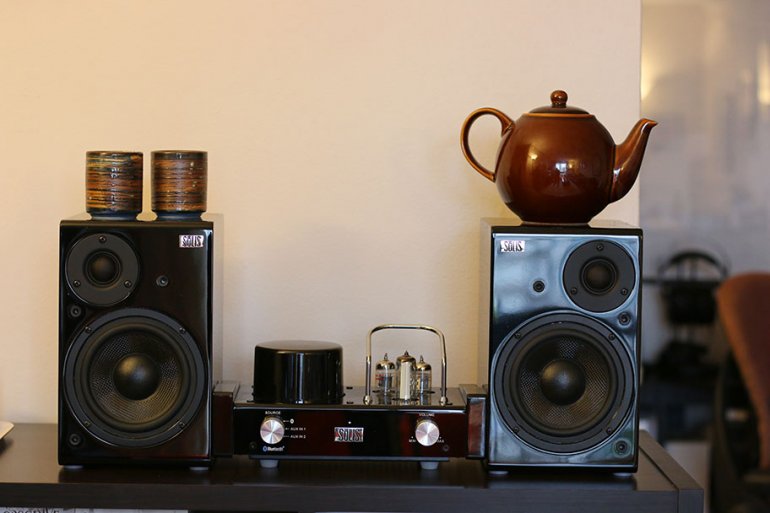
It’s very hard to know what to make of the SO-8000. On the one hand, it’s a charming, fun, eye-catching piece of equipment. It has huge range of features, a boatload of accessories, and works very well indeed. The addition of aptX Bluetooth is excellent, and for $480, you really do get a lot for your money. The value is unquestionable. And we adore that volume meter. On the other hand, we really struggled to get past the overly bright sound. Even with a second set of speakers, even with the tubes swapped out, it just felt like it didn’t belong. We would certainly have trouble listening to this for more than a couple of hours without fatigue setting in. We also don’t quite understand where this particular combo fits into the market. Who’s it for? People who love tube rolling? Those who want to relive the era of enormous hi-fi systems, replete with flashing displays and multi-track CD changers? Those who just want a simple bookshelf system? We have absolutely no idea – and we suspect that Solis doesn’t either.